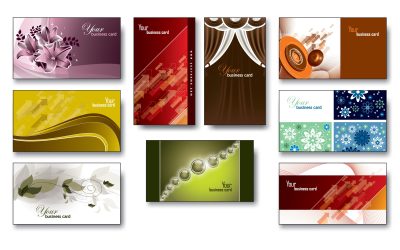coffee. A refined java-drinker’s palate receives a well-brewed cup the way wine lovers approach a particular vintage. But even if your tastes run to the routine, a good cup of joe is far preferable to one that’s bitter or burnt. Home coffee brewers need not despair of attaining the perfect cup; with a bit of practice and the following tips, you too can enjoy a coffeehouse-quality blend in your very own kitchen.
- Always use the freshest coffee you can find. Whether you’re buying roasted beans or roasting them yourself, you should plan on using up your supply quickly. Whole beans will keep in an airtight container for a couple of weeks, but be wary – what you buy at the grocery could have been sitting there for months. Finer blends, like espresso, need to be used even more quickly – within four or five days – to produce the best possible brew. Ground coffee will go stale in a matter of days, so only grind enough for what you plan to brew at the time.
- Use the right grind for the coffee brewer. Because each kind of coffee machine works somewhat differently, the wrong grind can mean a bitter or burnt brew or a weak, watery one. Not every coffee grinder has a setting for coarseness, so you will need to experiment with the amount of time you let it run to reach the right consistency. Percolators, French presses, and vacuum pots should use only coarse grounds. For drip makers, the grounds should be either medium or fine, depending on the type of filter used. Espresso machines and moka pots work best with fine grounds, but both may require a bit of experimentation and adjustment to achieve the perfect brew.
- Brew with filtered water (and paper filters make lousy brews). Some coffee brewers now come with built-in water filters to remove chlorine and other chemicals that can taint the flavor of the brew. If yours doesn’t, consider investing in a simple water filtration system such as a faucet attachment. Or use bottled water. Many machines now come with reusable metal filters so you don’t have to rely on the paper kind, which affect the taste of the brew.
- Know the limitations of your equipment. If you’re using a drip brewer, letting the coffee sit on the warmer won’t produce a very good cup. If you’re using a percolator, you’ll need to keep a close eye on the brewing; let the water boil too long and your java will taste burnt. If you’re using a French press, don’t push the plunger until the grounds steep for a few minutes (pushing too quickly is also a safety risk – pressurized water that is very hot can break glass). If you’re using an espresso machine or moka pot, adding the correct amount of grounds to the porta-filter and tamping at the right pressure will ensure the best possible pull.



